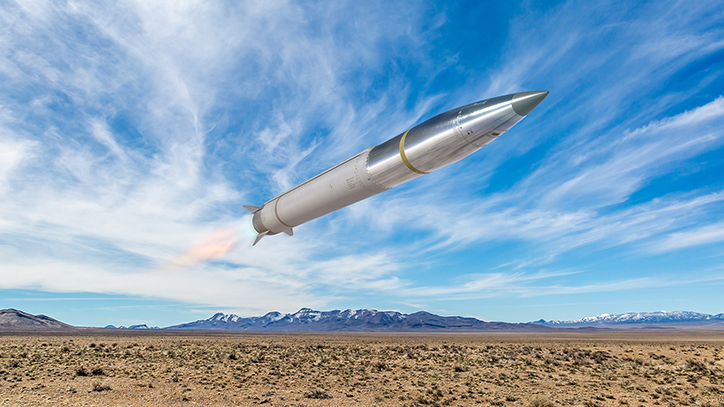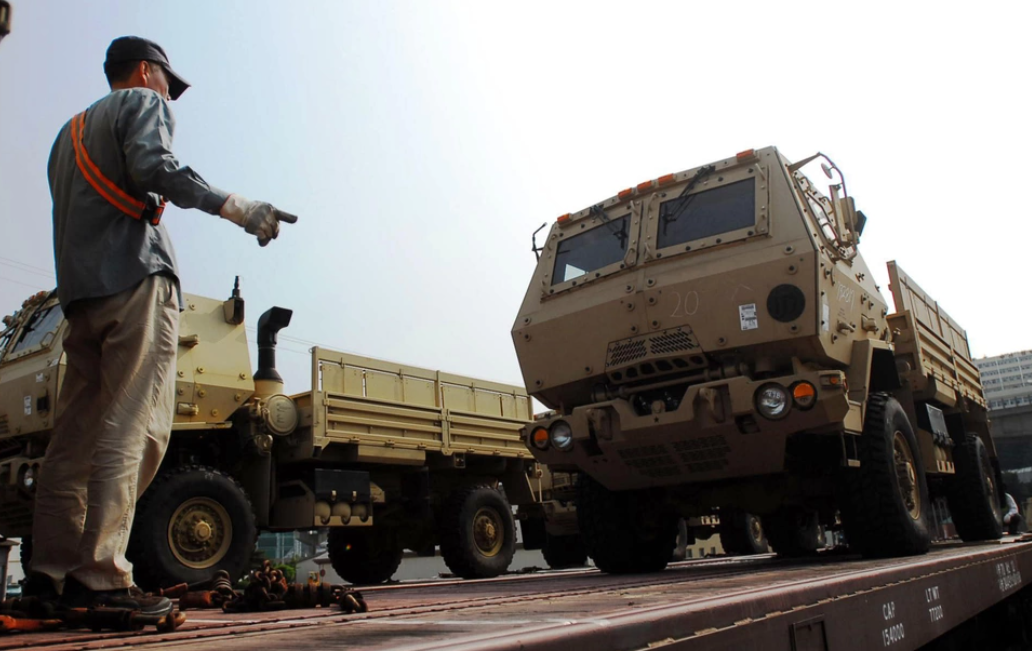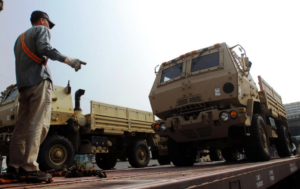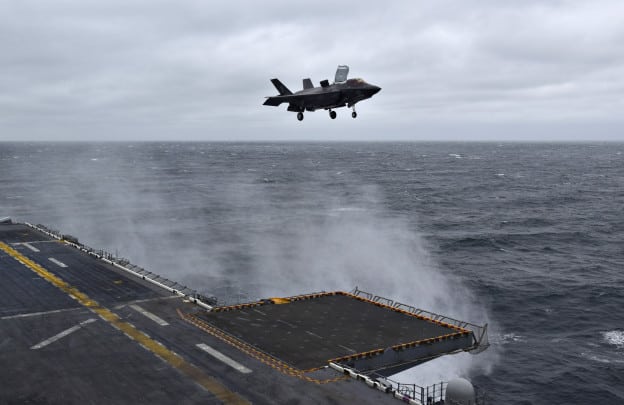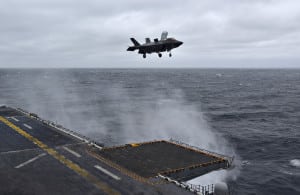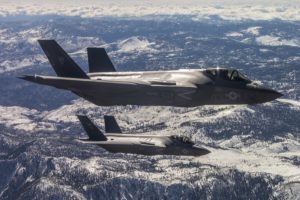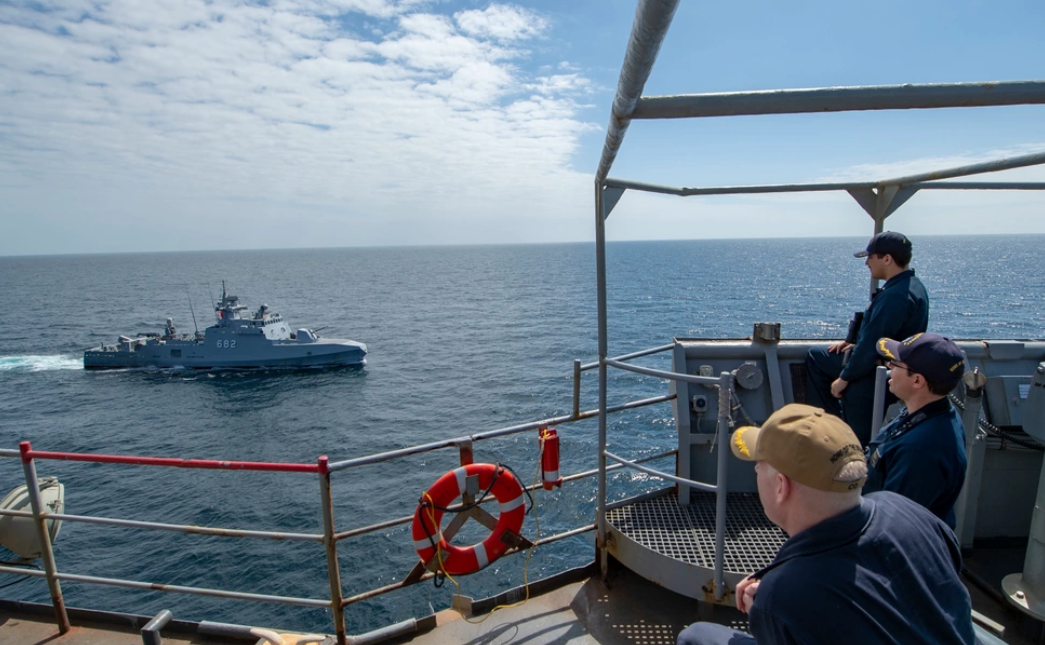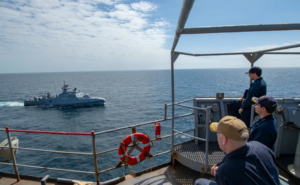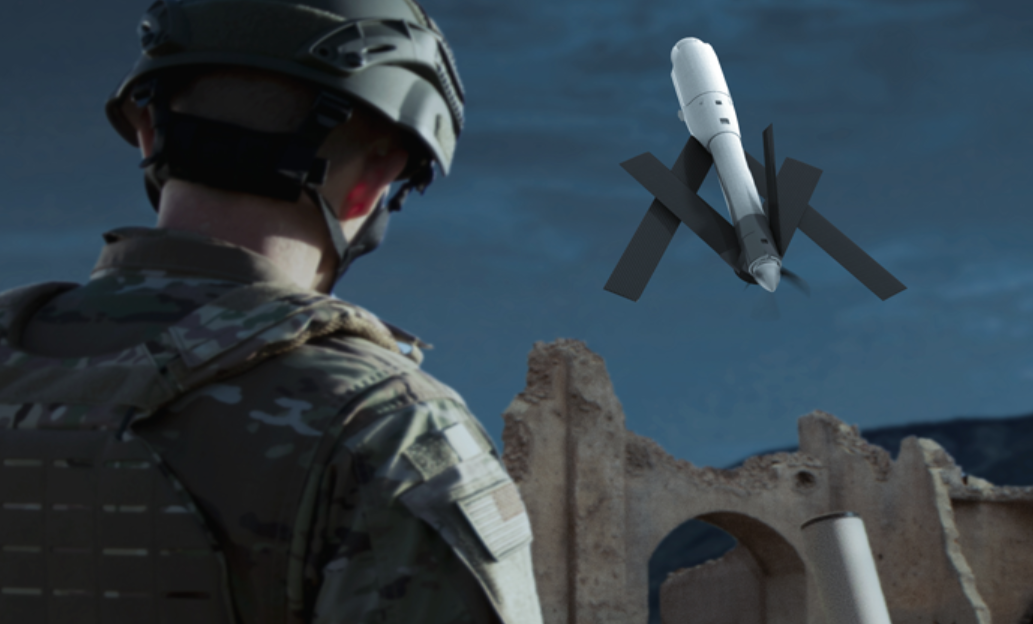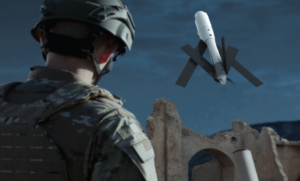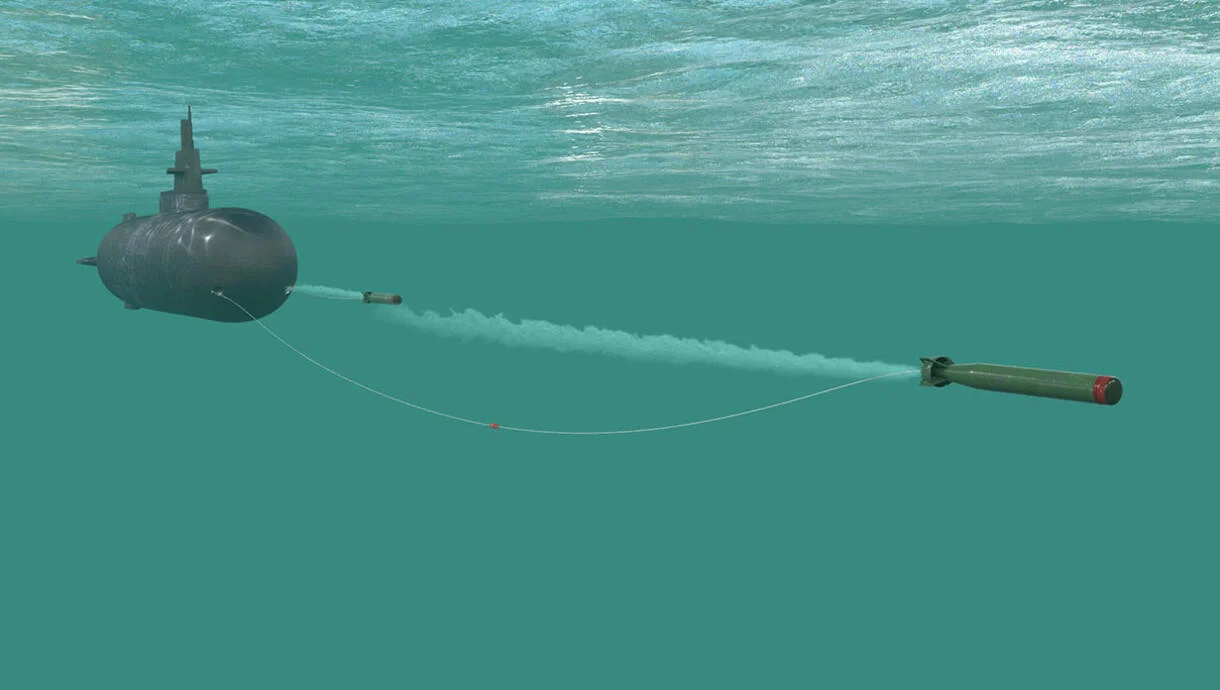President Trump’s administration took a page from an unlikely book–that of former President Obama, in creating the inaptly named Department of Government Efficiency (DOGE).
To get around the public meeting/comment and reporting requirements under the Federal Advisory Committee Act (FACA) of 1972, the DOGE is not an advisory committee under FACA but instead a temporary organization under the new U.S. DOGE Service (USDS). The latter is a renaming of Obama’s U.S. Digital Service–also USDS, created in 2014 to hire temporary civil servants to issue counsel on federal agencies, initially advice on modernizing federal information technology to prevent a recurrence of the problems with Obama’s Affordable Care Act website.
The temporary DOGE, headed by tech billionaire and SpaceX CEO Elon Musk, is to expire on July 4 next year after providing recommendations on federal spending to the White House.
“They’re going to be making recommendations, and you’re gonna have the leadership of all of these agencies thinking like DOGE people,” Robert Burton, a partner at Crowell and Moring and a former deputy administrator at the Office of Federal Procurement Policy under former President George W. Bush, told a Wednesday virtual forum by George Mason University’s Greg and Camille Baroni Center for Government Contracting.
While Musk recently criticized the Lockheed Martin [LMT] F-35 and said that manned fighters are obsolete because of drone autonomy advances, Burton did not mention the program and suggested that program cancellations would focus on non-DoD departments and agencies.
“I think you’re going to see some terminations for convenience,” Burton said. “This is one way the government is different than the private sector. They have the power of termination for convenience, and they don’t really need to give much of a reason as to why they’re doing it. It’s an incredible power. I think they will de-scope or reduce the scope of contracts and terminate some contracts that they don’t feel have been productive or have not gone well.”
“Of course, they’re going to be terminating any contracts related to DEI (diversity, equity, and inclusion) or some of the entitlement programs,” Burton said. “You can guess the agencies that may see termination of contracts–[Department of] Education, IRS [Internal Revenue Service], the Labor Department.”
Burton said that there may be a 20 percent or more reduction in Federal Acquisition Regulations.
The DOGE recommendations may dovetail with provisions in S. 5618, the proposed Fostering Reform and Government Efficiency in Defense Act (FORGED Act), which Senate Armed Services Committee (SASC) Chairman Roger Wicker (R-Miss.) introduced in December (Defense Daily, Jan. 9).
“I think the heavy movers, the things we really want to change, some of it is going to have to come in statute,” Matt MacGregor, senior director of strategic growth at Anduril Industries, told the forum on Wednesday. “I think the FORGED Act is an incredible start to that.”
The FORGED Act contains provisions that may favor defense start-ups and non-traditional defense contractors, such as Anduril, Palantir Technologies [PLTR], and SpaceX, over traditional defense original equipment manufacturers, like Lockheed Martin, Boeing [BA], RTX [RTX], and Northrop Grumman [NOC].
For example, Section 303 of the Wicker bill has exemptions from the Defense Federal Acquisition Regulation Supplement (DFARS) for non-traditional defense contractors.
MacGregor said on Wednesday that Wicker’s bill would begin reducing unnecessary and/or “burdensome” parts in the 1,200 pages of Title 10.
“More broadly, I would say where we talk about DOGE as a cost savings and efficiency-focused organization…there’s a lot of savings maybe to be had, but in the defense space particularly where we’re more focused here, there’s not necessarily savings,” MacGregor said. “There’s a lot of military priorities, a lot of stuff that we can’t get after. We’ve seen the Air Force and Space Force having to make some very hard trade-offs so it wouldn’t be so much, in my view, hopefully, pulling money from them, but being able to maximize the value of those dollars so that we can get after where space is going, where our competitors are going, the increased threats in INDOPACOM.”
“Where I am hopeful is that we can bring a tech mindset to government and remove excess layers,” he said. “One of the things I think Elon has done very well in his commercial companies is trying to make sure everybody is adding value to the bottom line. If there’s a lot of people in these layers that are just being kind of what the GE approach used to be–checkers checking checkers–doing some streamlining of that…so that the smart people we’ve trained for 20 years and spent millions of dollars training, like program executive officers, that they can actually make the change and do things that they know are smart to get capability fielded faster.”
Defense companies are providing input to DOGE. Last month, L3Harris Technologies [LHX] CEO Chris Kubasik, the new chairman of the Aerospace Industries Association, advised DOGE to eliminate cost and accounting standards (CAS) (Defense Daily, Jan. 16).
In addition, Kubasik advised DOGE to recommend the creation of a central contracting arm within the Office of the Secretary of Defense to remove some of the decision-making from the military services to be more responsive to the president’s priorities and coordinate multi-service efforts like the Joint All Domain Command and Control architecture; limit bid protests by a company to three per year to reduce development and fielding timelines; and either limit required certified cost and pricing data submissions to only the largest DoD sole-source programs or raise the contract value ceiling of such certified cost and pricing data submissions under the Truth in Negotiations Act (TINA) from $2 million to $500 million.
Kubasik’s letter to DOGE last month said that the lower TINA threshold adds one to two years to the acquisition process for an inordinate number of DoD programs because of the time it takes for the submission, audit, review, and negotiation of the cost estimates of a program’s entire supply chain.
“The government, by its own admission, when they’re trying to attract these non-traditional and commercial companies into the ecosystem, those are done without CAS requirements,” Kim Herrington, vice president of government finance at L3Harris, said during the Wednesday forum. “The government has already recognized that these are things that slow things down. These are barriers, and so we gave for consideration to DOGE to go eliminate those things or greatly increase the thresholds. Don’t just do it in a small way. Do it in a big way, and that will free up hundreds/thousands, if you will, companies in getting out from underneath very burdensome regulations.”
“Essentially, put the entire industrial base on the same footing and free up the innovative capabilities and power of the industrial base to move at the speed of the marketplace,” he said.

